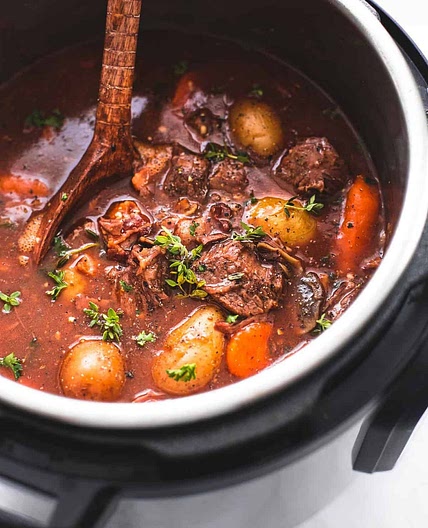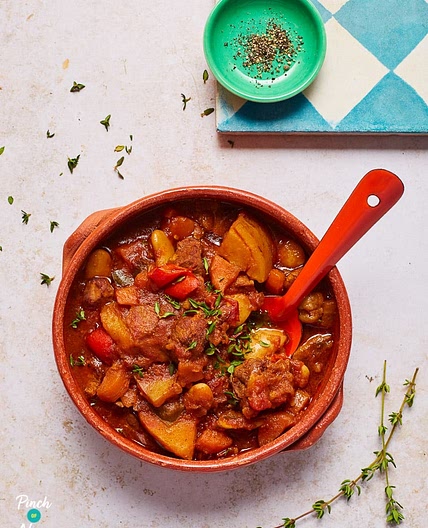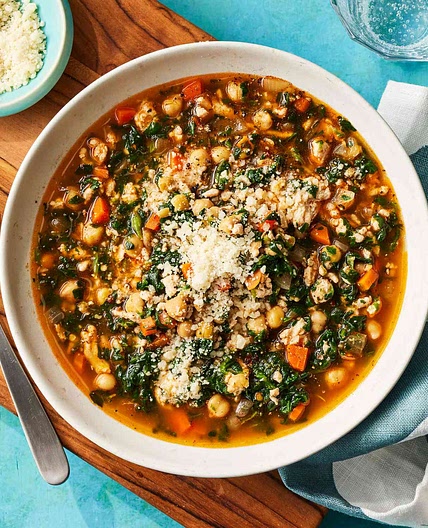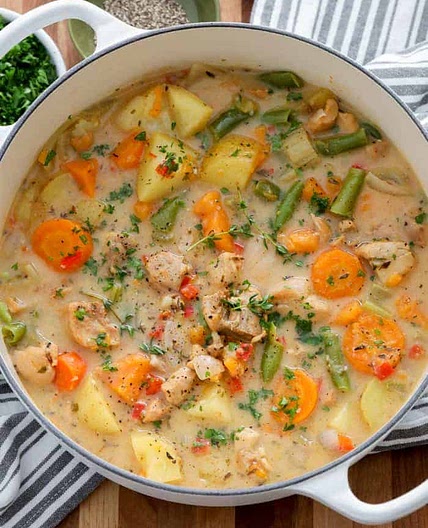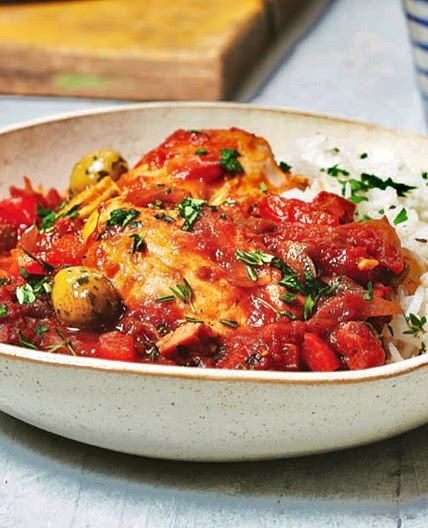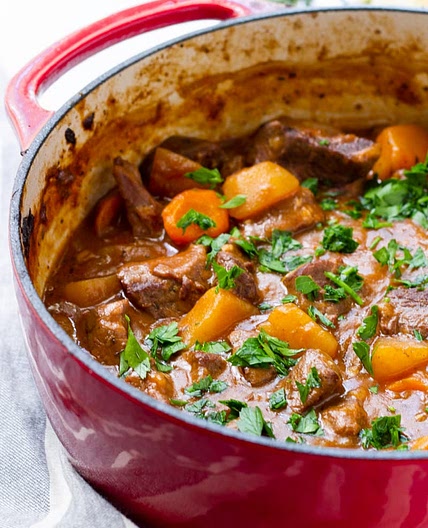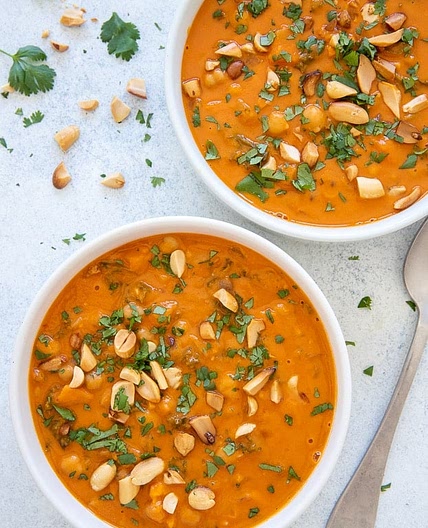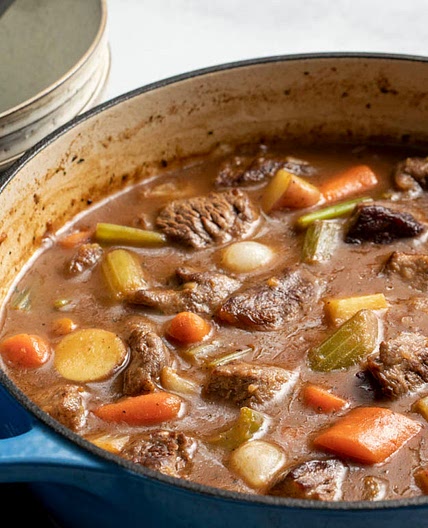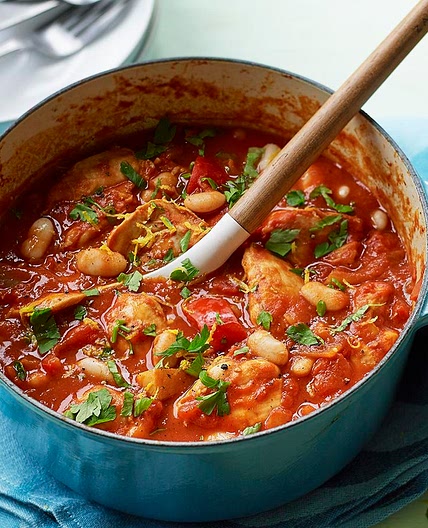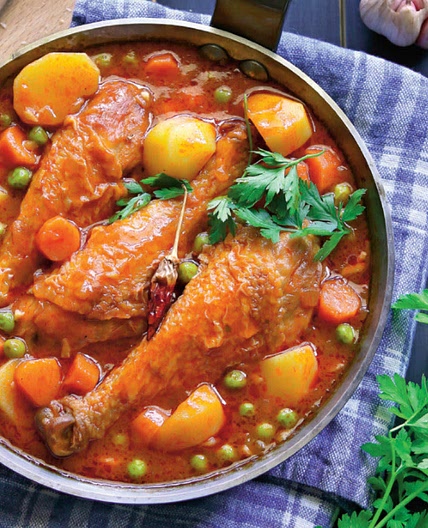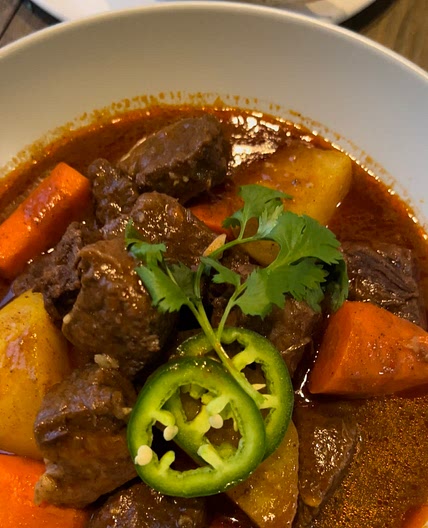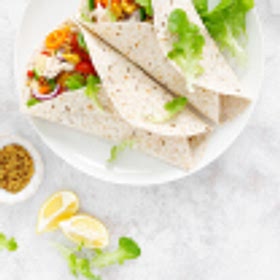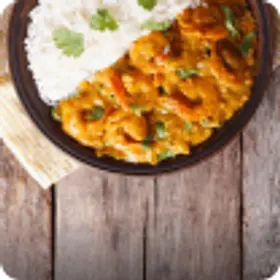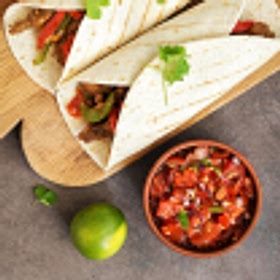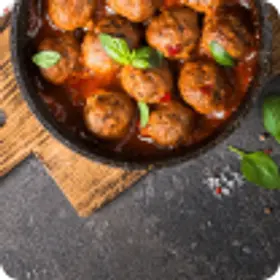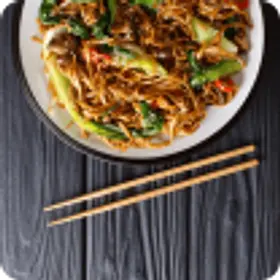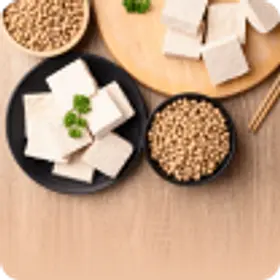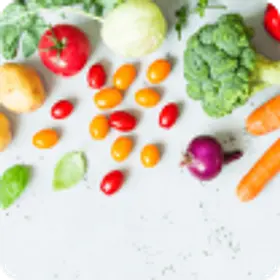Stew Recipes, Cooking Tips, and Meat Cuts – Samsung Food
Stew is a classic dish that has been enjoyed by people all around the world for centuries. This hearty meal is perfect for cold winter nights or any time you’re in need of a little comfort food. Whether you’re using beef, pork, chicken, or vegetables, stew is a versatile dish that can be customized to your liking. In this article, we’ll explore the history of stew, tips for making the perfect stew, and some common variations of this delicious dish.
Nutrition per serving size(434g)
- Energy: 66.44
- Total Fat: 2.12
- Saturated Fat: 0.65
- Carbohydrate Total: 5.57
- Sugars: 1.31
- Protein: 6.53
- Sodium: 227.98
- Fiber: 0.73
- Trans Fat: 0.06
- Monounsaturated Fat: 1.23
- Polyunsaturated Fat: 0.19
- Cholesterol: 16.71
- Calcium: 16
- Magnesium: 12.52
- Potassium: 253.43
- Iron: 0.94
- Zinc: 1.52
- Phosphorus: 76.87
- Vitamin A: 325.05
- Vitamin C: 2.94
- Thiamin B1: 0.05
- Riboflavin B2: 0.07
- Niacin B3: 1.84
- Vitamin B6: 0.2
- Folic Acid B9: 8.82
- Vitamin B12: 0.62
- Vitamin D: 0.03
- Vitamin E: 0.28
- Vitamin K: 4.2
- Tryptophan: 70.24
- Alpha Carotene: 217.86
- Beta Carotene: 549.44
- Omega 3 DHA: 0
- Omega 3 EPA: 0.52
Ever wondered about the yummy story behind stew recipes? From way back in time to your plate today, stew has been a comfort food for years and years. It’s always been a smart and filling way to make the most of humble ingredients, so we don’t see us abandoning stew recipes any time soon!
History of Stew
Stew has a rich history dating back to ancient times. The word “stew” comes from the Old French word “estuier,” meaning “to cook in a cauldron.” It was often made in large pots over an open fire, making it a popular dish for communal gatherings and feasts.
In the Middle Ages, stew became a staple among peasants as it was an affordable way to stretch limited quantities of meat and vegetables. It was also a practical way to turn tougher cuts of meat into tender, flavorful dishes through slow cooking. As time went on, stew gained popularity among all social classes, with each region and country infusing unique flavors and ingredients into the dish. Nowadays you’ll see that Irish stew and Hungarian stew or goulash, for instance, are pretty different.

Soup vs Stew Recipes: Understanding the Difference
While both stew and soup are liquid-based dishes, they’re not the same. How can you tell which is which? There are some key distinctions between them. Here’s how to set stew apart from soup:
- Consistency. Stew tends to be thicker and heartier compared to soup, with a rich, substantial texture. It is often made with larger chunks of meat, vegetables, and grains, whereas soup typically contains smaller, more finely chopped ingredients. Soup is often even pureed.
- Cooking Method. Stew is traditionally cooked through slow simmering or braising, allowing the flavors to meld together over time. Soup, on the other hand, is usually made by combining ingredients in a pot and simmering them together for a shorter period. Though of course, you can cook soup for a long time too.
- Intended Purpose. Stew is often seen as a standalone meal, served with bread or rice, while soup is commonly considered a starter or lighter option.
Some Popular Stew Recipes
So, what are the kind of stew recipes you’ll see people making these days? The popularity and type of stew varies a bit from region to region, but there are some varieties which are popular almost worldwide.
| Beef Stew | This classic stick-to-your-ribs stew is the ideal project for a chilly weekend. Beef, onion, carrots, potatoes, and red wine come together in cozy harmony. |
| Chicken Stew | This hearty one-pot chicken stew practically cooks itself! It’s made all in one pot with tender chunks of chicken and savory veggies. |
| Red Lentil Stew | A quick and satisfying smoky red lentil stew, loaded with vegetables, spices, and chopped greens. Very pantry-friendly and simple to make. |
| Lamb Stew | Lamb stew is a soup-like dish consisting of lamb meat and a variety of vegetables that are slowly cooked (or stewed). |
| Fish Stew | This quick and healthy one-pot is packed with white fish fillets, king prawns, a rich tomato sauce, and enough veg to count for 3 of your 5-a-day. |
Of course, each place usually has their own twist on these stews. A chicken stew in Japan is unlikely to be the same as a chicken stew from Poland!
Stewing Recipes: Methods and Techniques
Stewing is a method of cooking that involves simmering ingredients in liquid over low heat for an extended period. This technique allows the flavors to develop and meld together. Here are two popular stewing methods:
- Stovetop Stewing. This classic method involves using a heavy-bottomed pot or Dutch oven to cook the stew over low heat on the stovetop. It offers excellent control over the cooking process and allows for gradual heat distribution.
- Slow Cooker Stewing. Slow cookers, also known as crock pots, provide convenience and ease for stew-making. Simply combine all the ingredients in the slow cooker, set it, and forget it! They’re great for the days where you need a meal without effort. All you do is dump the ingredients in there and let it simmer gently for several hours. It’s a real winter winner!
Here’s a table that outlines the approximate cooking times for common stew ingredients:
| Ingredient | Cooking Time (in minutes) |
|---|---|
| Beef (chunks) | 60-90 |
| Chicken (pieces) | 30-45 |
| Lamb (chunks) | 60-90 |
| Pork (chunks) | 60-90 |
| Potatoes | 30-40 |
| Carrots | 20-30 |
| Onions | 15-20 |
| Bell Peppers | 15-20 |
| Mushrooms | 10-15 |
| Green Beans | 10-15 |
| Peas | 5-10 |
Note: Cooking times may vary based on the size and thickness of the ingredients, as well as personal preferences and heat level.
Tips for Making the Perfect Stew
Crafting a scrumptious stew is all about paying attention to the little things and having a few tricks up your sleeve. Don’t worry, we have some handy suggestions that will guarantee your stew is bursting with flavor:
- Select the Right Cut of Meat. For beef stew recipes, choose tough cuts like chuck roast, round roast, or brisket. These cuts benefit from slow cooking, becoming tender and flavorful.
- Brown the Meat. Before adding the meat to the stew, take the time to brown it in a hot pan. Browning enhances the flavor and adds depth to the dish.
- Balance the Flavors. Season the stew with herbs, spices, and aromatics to achieve a well-rounded taste. Experiment with flavors like thyme, rosemary, bay leaves, paprika, or cumin. Make sure to add some salt and pepper too – and a splash of acid at the end. Lemon juice, vinegar, or even red wine work well.
- Layer the Ingredients. Add the vegetables according to their cooking time. Start with root vegetables like carrots and potatoes, as they require more time to soften. Add more delicate vegetables, such as peas and corn, towards the end of the cooking process.
- Allow for Simmering Time. Stew benefits from long, slow cooking. Simmer the stew over low heat for several hours to allow the flavors to meld together, resulting in a rich and flavorful dish. Low nd slow is the name of the game when it comes to stew recipes!

Q&As About Stew Recipes
A: Absolutely! Stew is a dish that freezes well, making it a convenient option for meal prep. Allow the stew to cool completely before transferring it to freezer-safe containers or resealable bags. Label and date the containers, and store them in the freezer for up to three months. When ready to enjoy, thaw the stew in the refrigerator overnight and reheat it on the stove top or in the microwave.
A: Yes, a slow cooker is an excellent tool for making stew. It allows for convenient and hands-off cooking. Slow cookers are particularly useful when you want to come home to a ready-to-eat stew after a long day.
A: Absolutely! Vegetable stew is a popular choice for vegetarians and vegans. It typically includes a variety of seasonal vegetables, such as carrots, potatoes, onions, bell peppers, zucchini, and more. You can use a flavorful vegetable broth or a tomato-based sauce as the base. Adding beans or lentils can also provide extra protein and substance to the stew.
A: Yes, you can, for faster cooking times. Follow your pressure cooker’s instructions and adjust the cooking time accordingly. Pressure cooking can help tenderize meat quickly and infuse flavors into the stew effectively. It’s a great option when you’re short on time but still want to enjoy a flavorful stew.
If you are keeping an eye on your nutrition and you want to know if the recipe is more or less balanced, try calculating it via our nutrition calculator!
Serving Up the Best Stew
This is a comforting dish with a rich history and a wide range of delicious variations. Whether you prefer beef, chicken, lamb, or a vegetarian option, stew offers endless possibilities to satisfy your taste buds. By following the provided tips and understanding the nuances of stewing, you can create a perfect bowl of warmth and comfort for any occasion. So gather your ingredients, get your pot simmering, and prepare to savor a cozy bowl of stew.


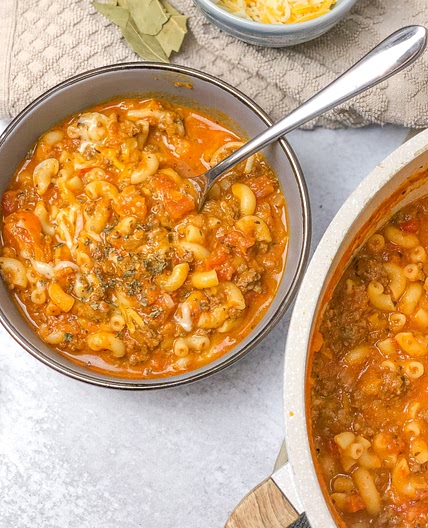
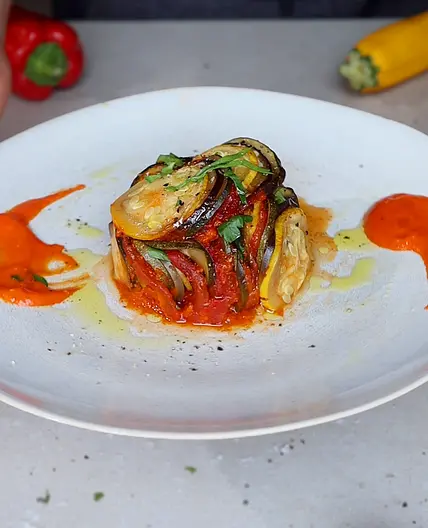
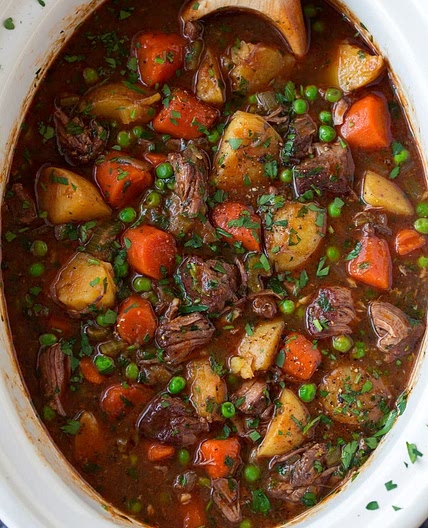

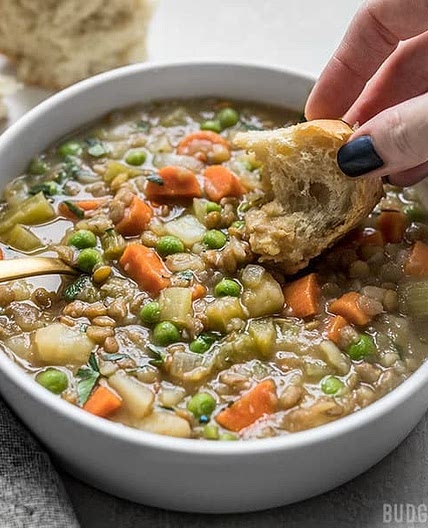
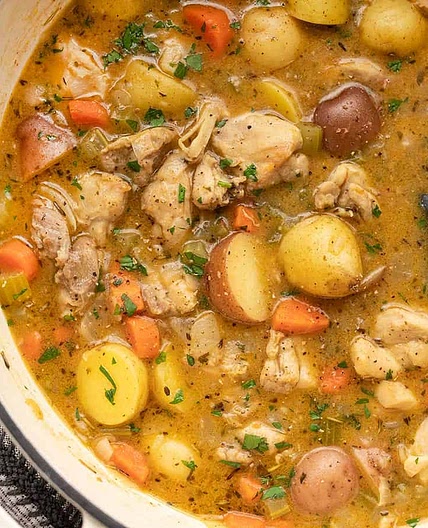
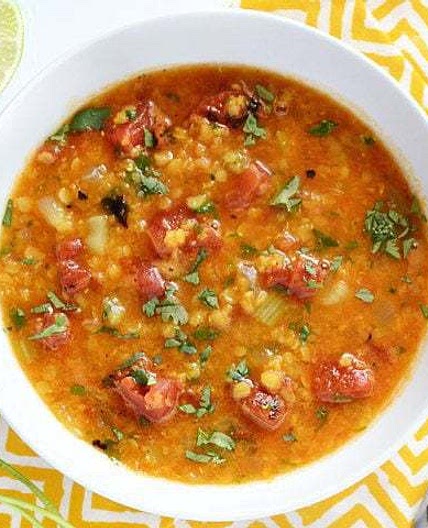
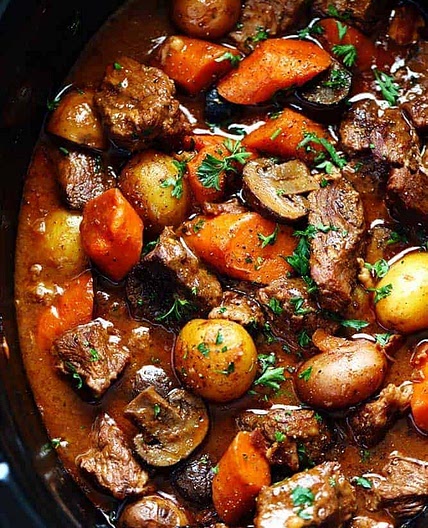
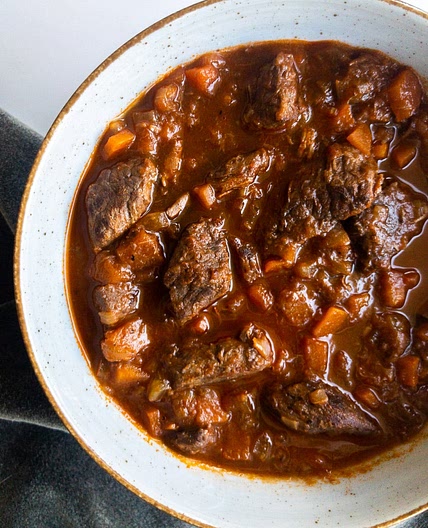



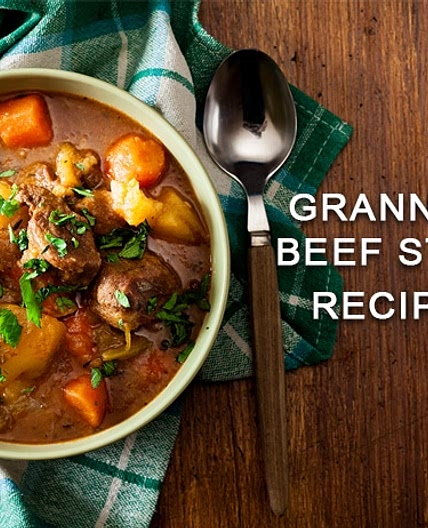


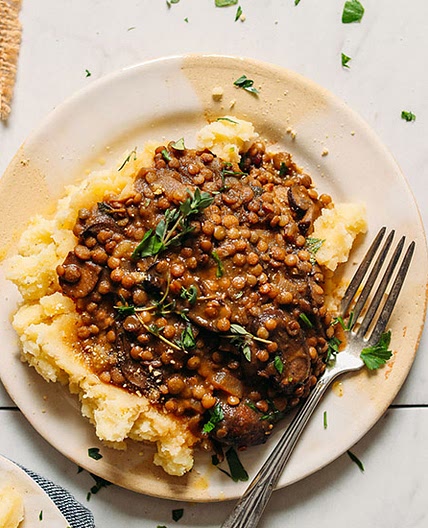

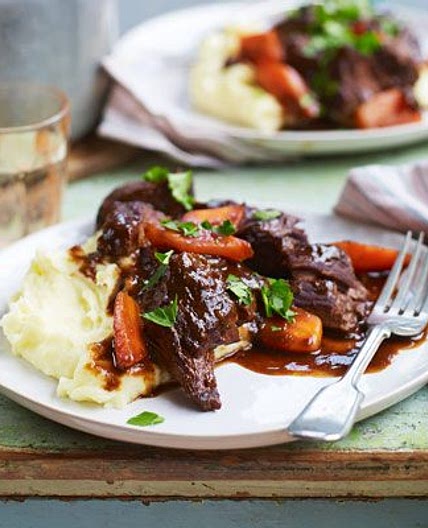
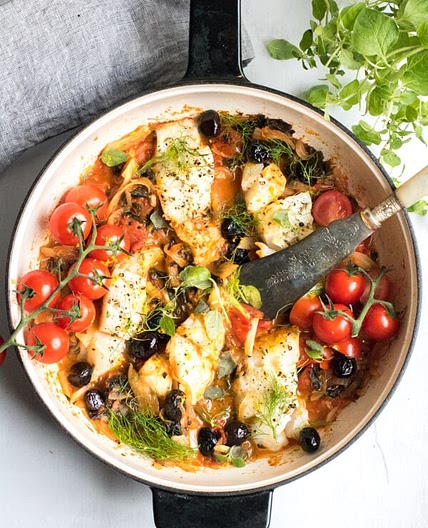
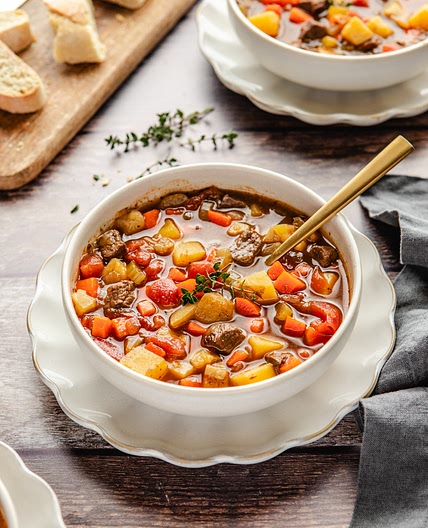

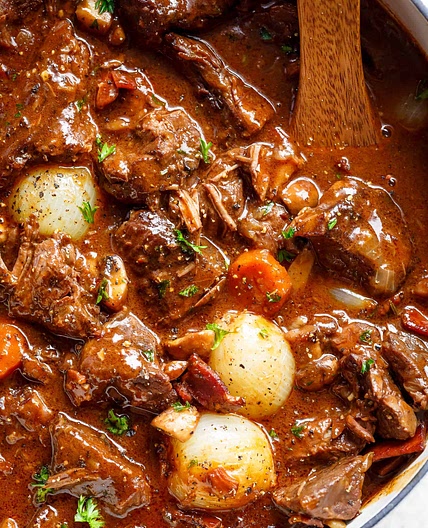
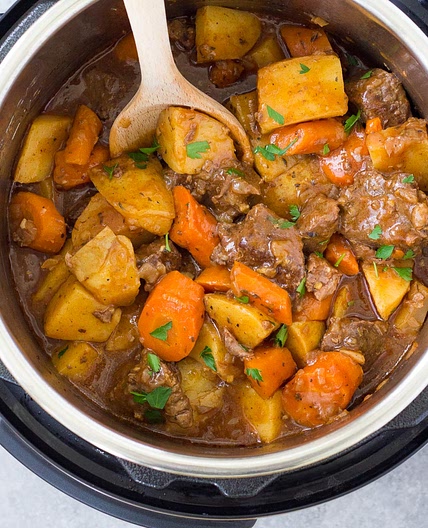
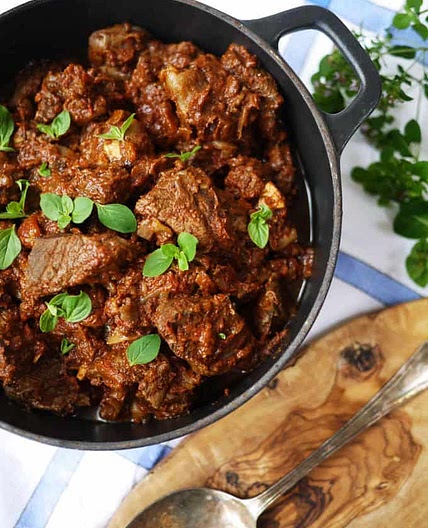
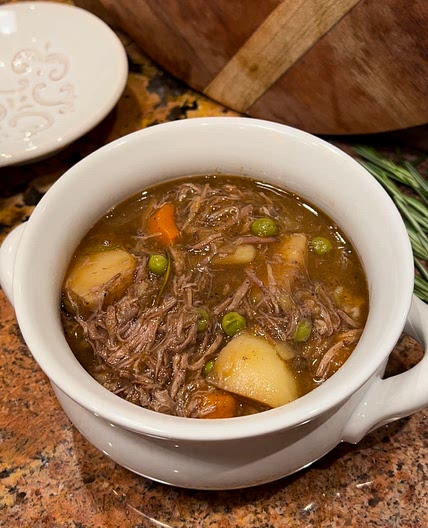



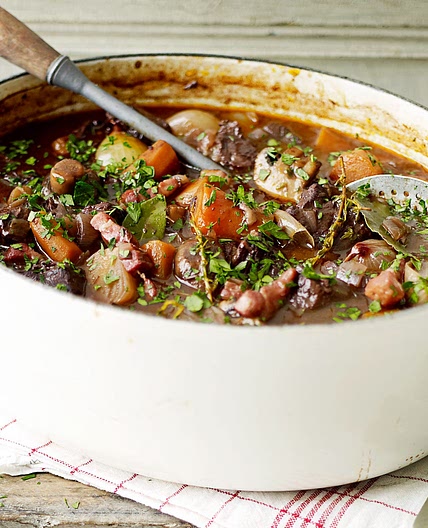

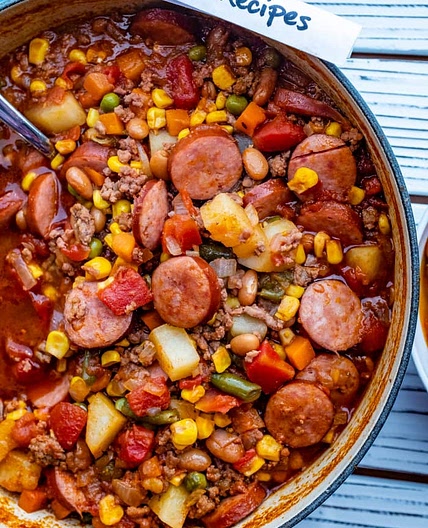


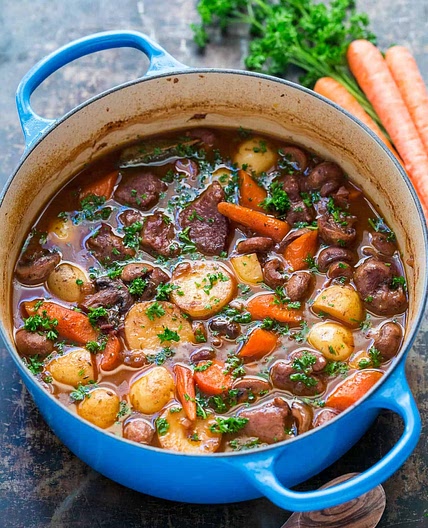
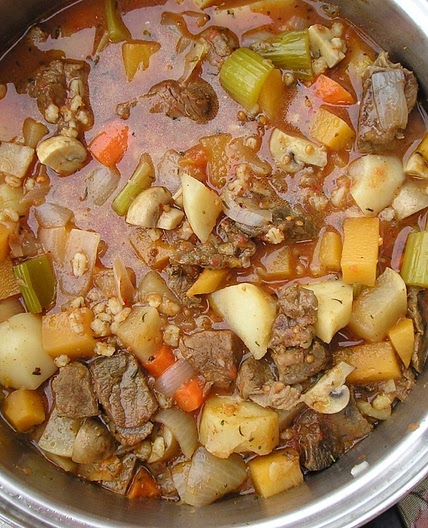
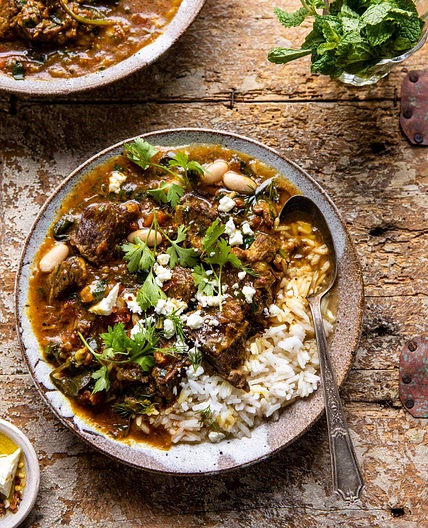




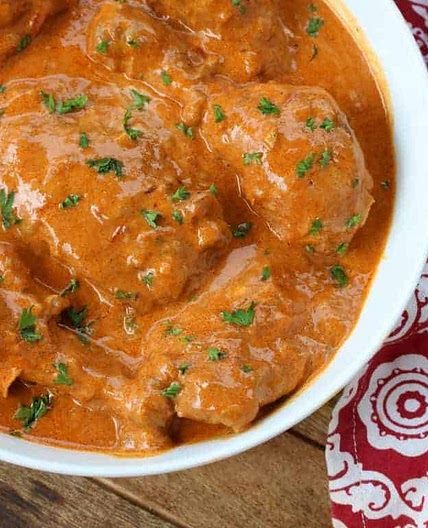
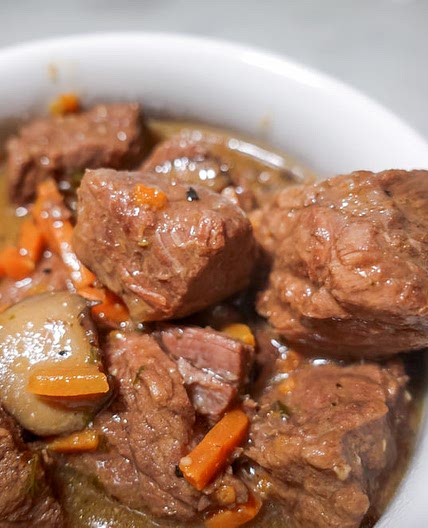
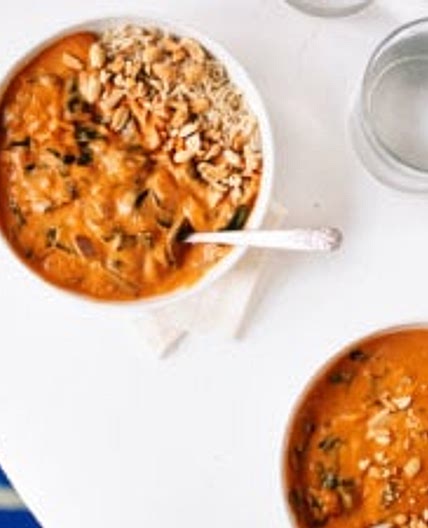
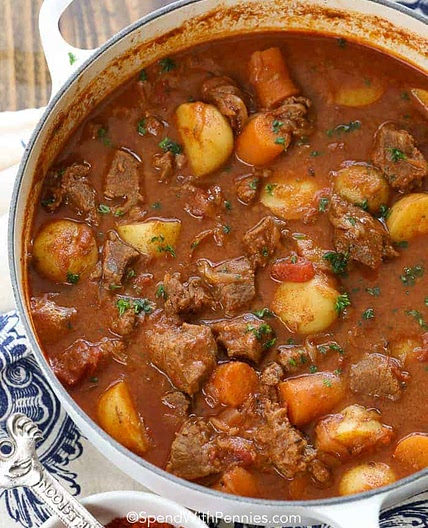
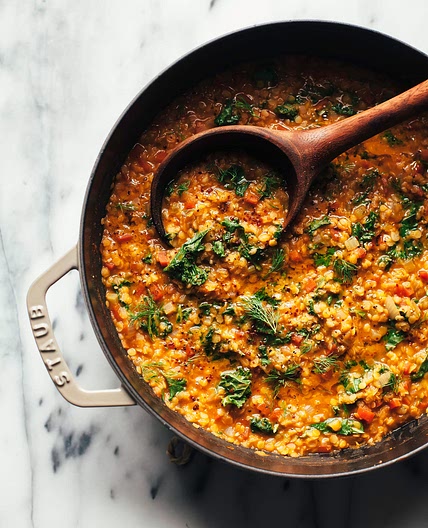
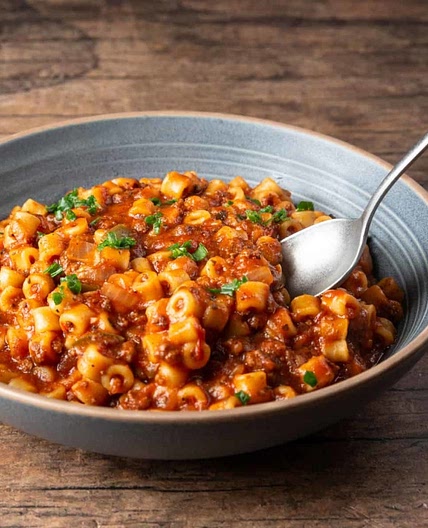

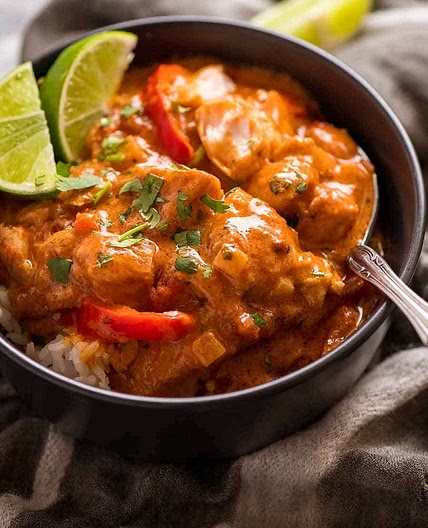
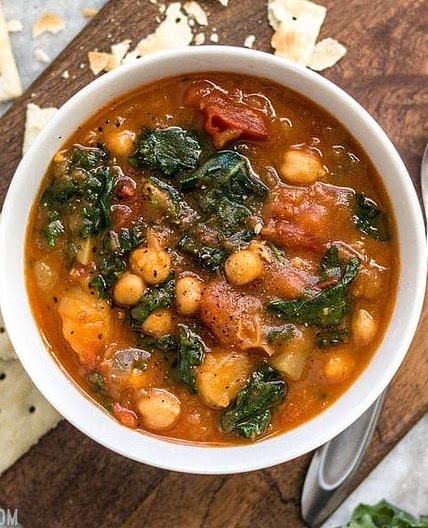

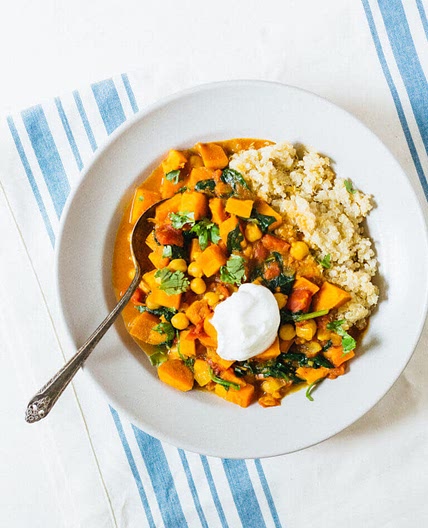
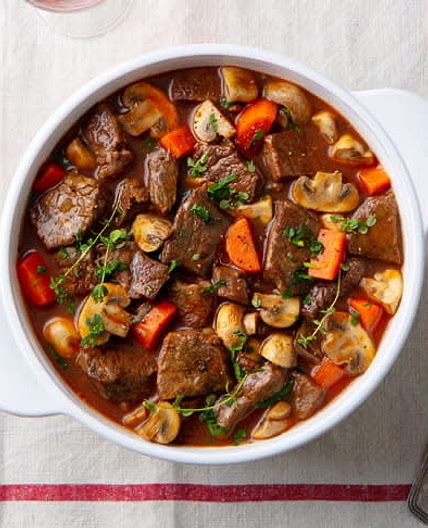
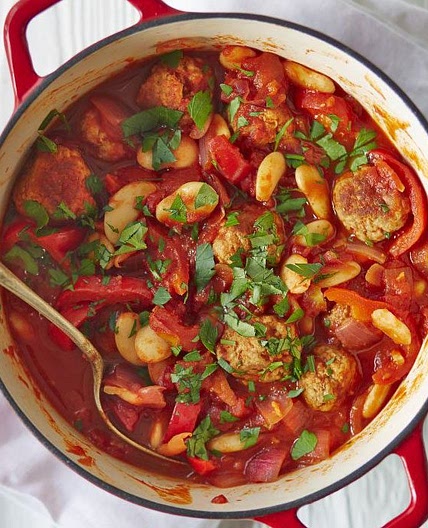


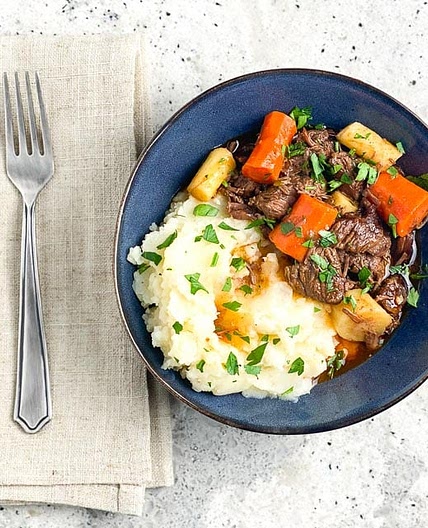
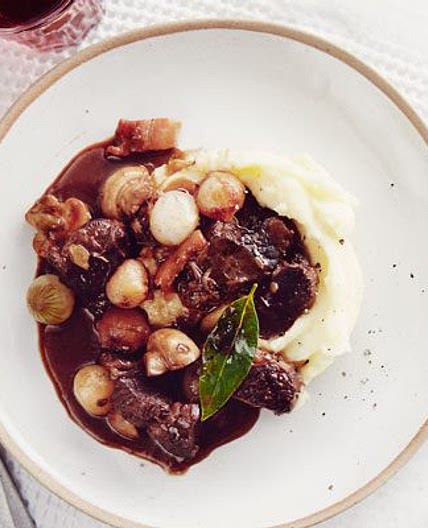
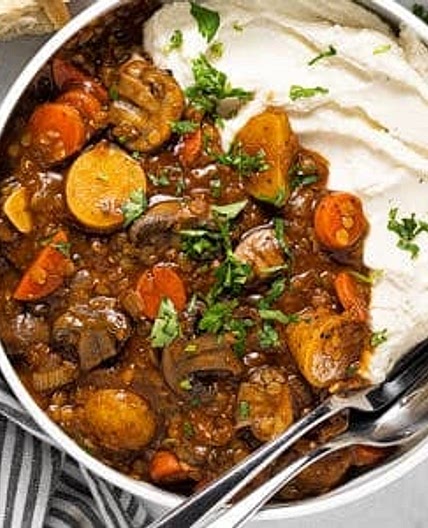
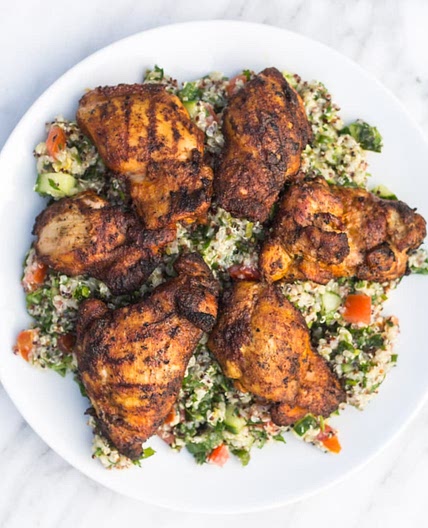

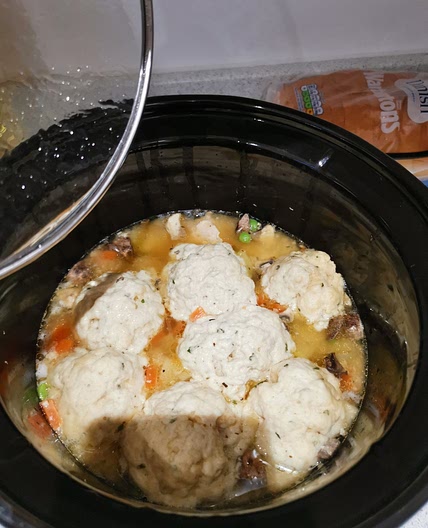
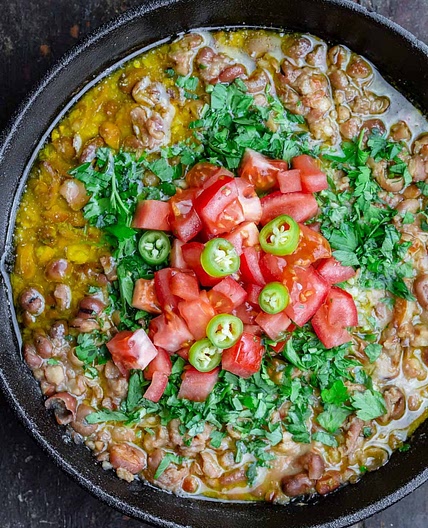
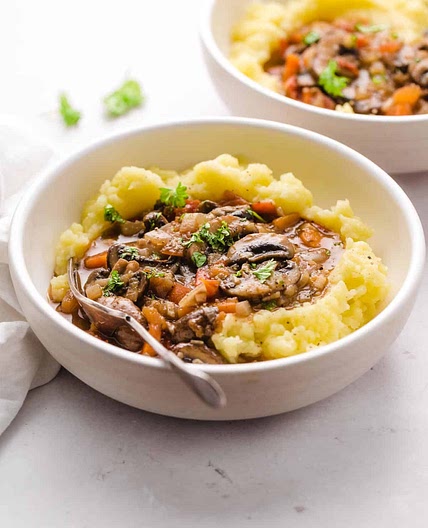
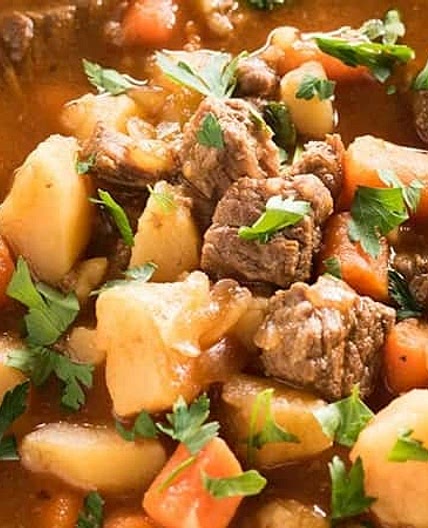


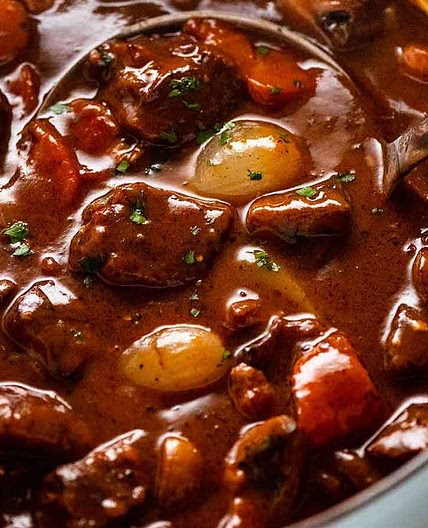

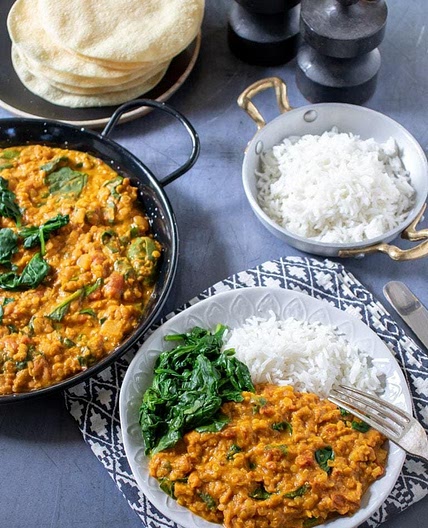

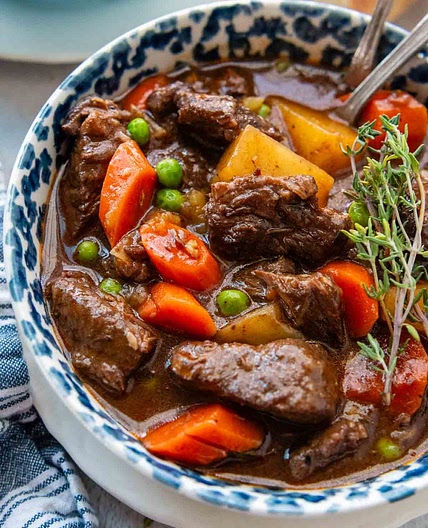
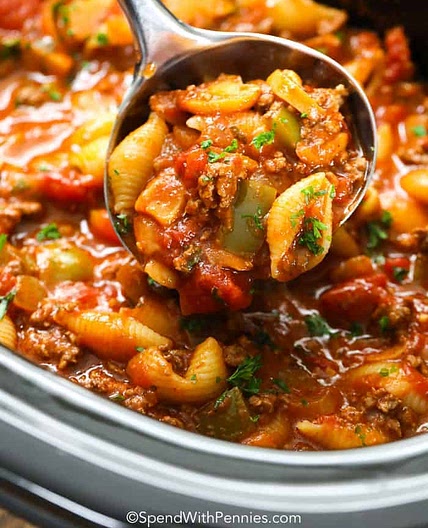
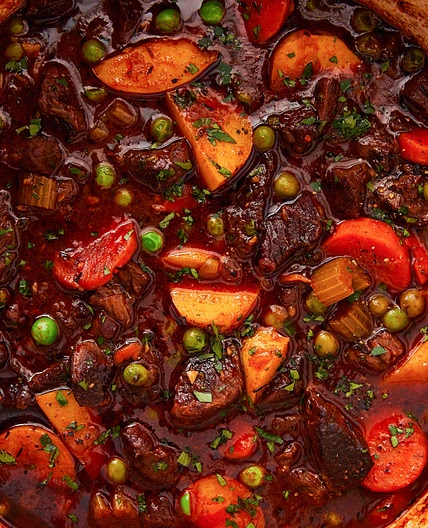
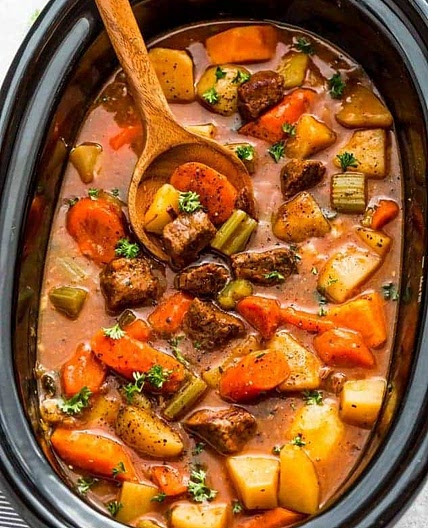
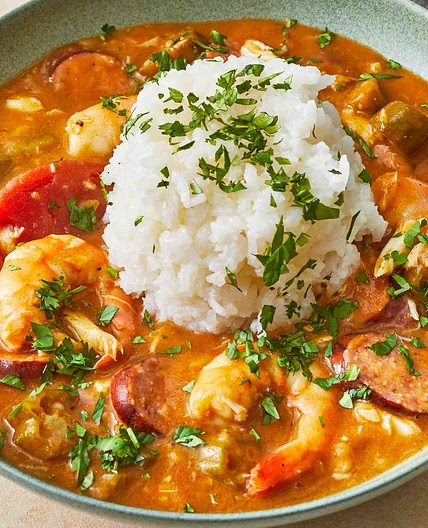

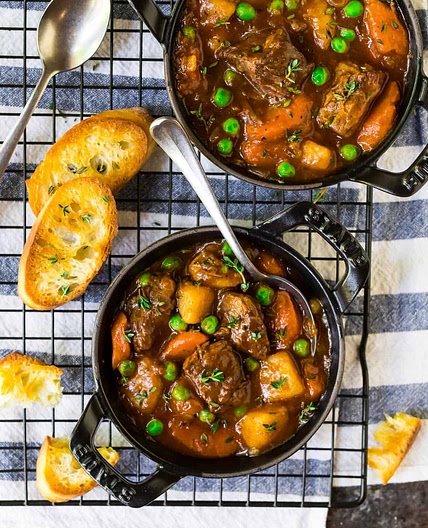
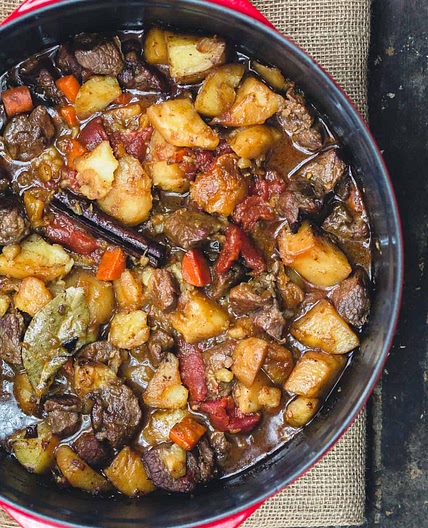
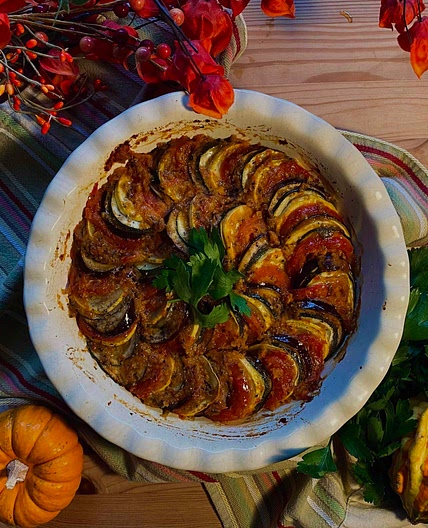
![Easy healthy colourful chicken stew [crockpot recipe]](https://art.whisk.com/image/upload/f_webp,h_264,w_214,c_fill,dpr_2.0/v1710495395/v3/user-recipes/a87fbec3d09523cd7f39433c92bb67fa.png)

